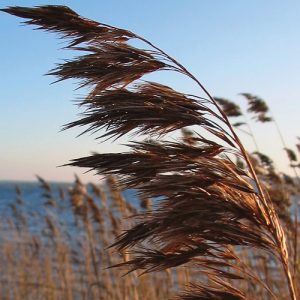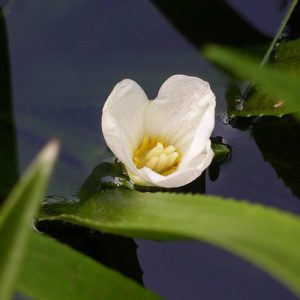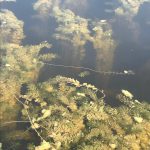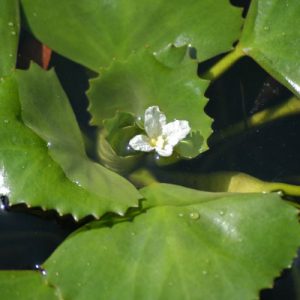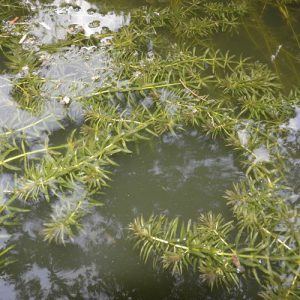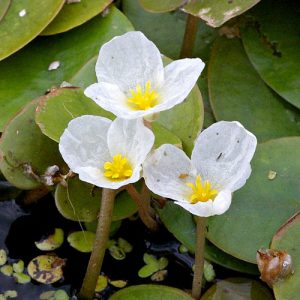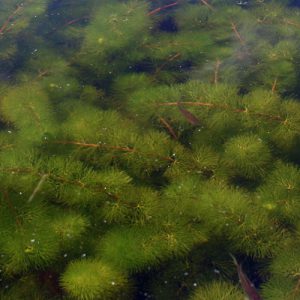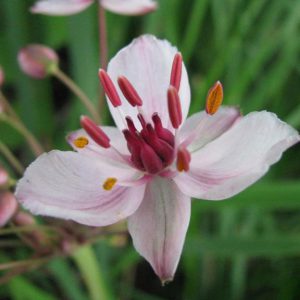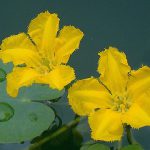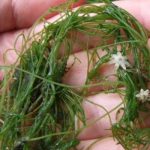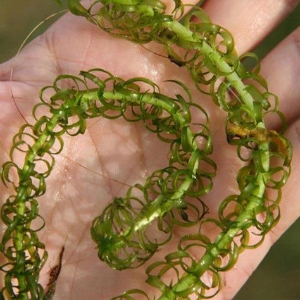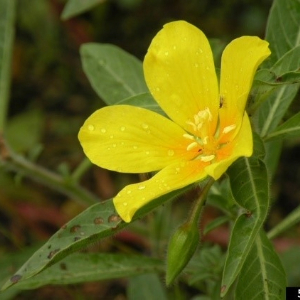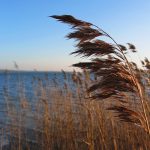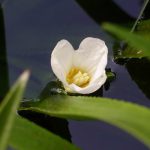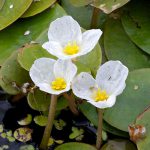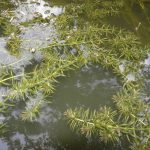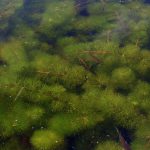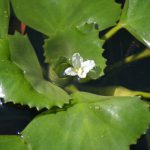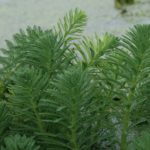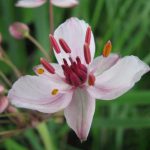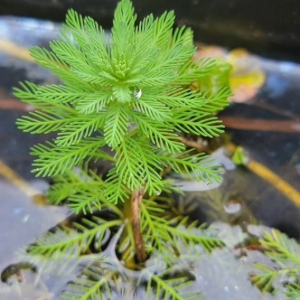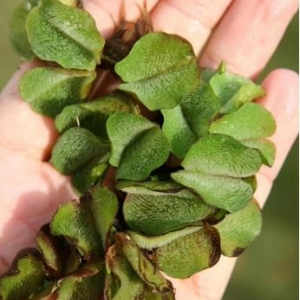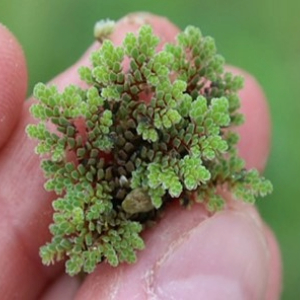Invasive aquatic plants pose serious threats to all waterbodies, from small streams to the Great Lakes. They damage the ecosystem, cost money, and reduce water quality for recreational use. Aquatic plant invaders form dense mats of vegetation that block sunlight and prevent native plants from growing. This can negatively impact native wildlife populations that feed on these native plants.
When invading aquatic plants begin to die, the plants consume oxygen in the water and create an inhospitable environment for native aquatic species. These mats also pose a serious problem for boaters, anglers, and other recreational water users. Boat propellers can get stuck in plant stalks and the thick plant growth makes it impossible to swim in invaded areas. Because they are in located in water, aquatic plants are challenging to remove. Chemicals can spread quickly, so herbicides are difficult to use in invasive aquatic situations.
To prevent the spread and establishment of invasive aquatic plants, all recreational equipment must be properly cleaned, drained, and dried. Furthermore, boats should never be driven through invasive plants to avoid spreading them through fragmentation.
Fragmentation is a plants way of reproducing asexually, when the plant is cut up or disturbed and breaks, new individuals can develop from those fragments. To limit further spread, avoid boating through areas with known aquatic invasive plants.

